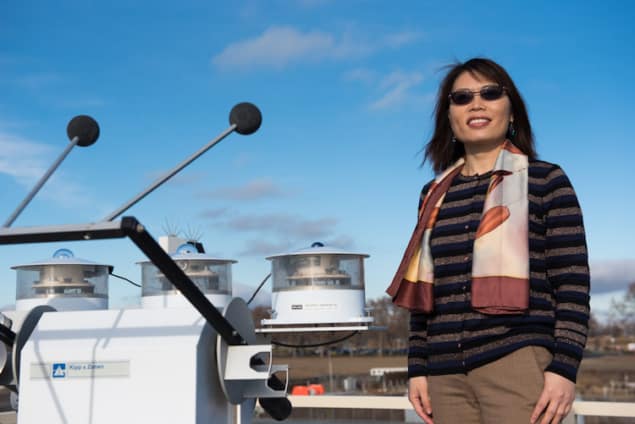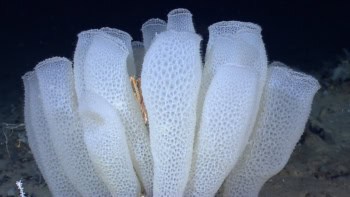
Ultrafine aerosol particles smaller than 50 nm in size produced by human activities were previously thought to be too small to affect cloud formation but they do in fact fuel powerful storms and influence weather. This is the new result from an international team of scientists led by Jiwen Fan of Pacific Northwest National Laboratory in the US.
Ultrafine aerosol particles can come from vehicles, industrial processes and wildfire, among other sources. Until now, scientists believed that only relatively large aerosol particles (generally larger than 100 nm) played an important role in the formation of thunderstorm-causing clouds (also known as deep convective cloud systems or DCCs). Fan and colleagues’ work has now turned this idea on its head. It has also revealed that nano-sized particles can in fact “invigorate” storm clouds in a much more powerful way than larger particles.
The researchers obtained their result using a unique data set from the US Department of Energy’s GoAmazon campaign and analysed how ultrafine particles less than 50 nm in size affect thunderstorms in the Amazon rainforest. The study looked at data from an area of the Amazon that is pristine except for the region around Manaus, which is the largest city in the forest (with a population of around two million). Manaus produces a pollution plume that generally follows the northeasterly trade winds and is an important source of particles less than 50 nm in size.

“One of the main difficulties that scientists encounter when studying aerosol-cloud interactions is separating the effect of aerosols themselves from the impact of natural meteorological factors, such as wind, temperature and humidity,” explains Fan. “Because we analysed data for the thunderstorm cases that occurred in a very similar meteorological environment but a varying aerosol environment, we have been able to pinpoint for the first time that the observed storm intensification in this area is mainly caused by ultrafine aerosol particles and not by other factors.”
“The large impact of ultrafine aerosol particles indicates that human activities can drastically boost the power of storms over warm and humid regions, which include tropical and some subtropical areas,” she tells nanotechweb.org. “It also implies that from pre-industrial times to the present day, human activity, such as urbanization and industry may have significantly influenced storm formation in these regions.”
Clouds begin to form as atmospheric moisture condenses around airborne particles, such as aerosols, but when larger particles are not present high up in a warm, humid environment (which is the situation in the region studied in our work), ultrafine particles can then act and form cloud droplets instead, she explains. Although these particles are tiny, there are lots of them and they can form many small droplets on which excess water vapour condenses. This enhanced condensation releases more heat, which in turn makes updrafts much more powerful.
“As a consequence, more warm air is then pulled into the clouds, lifting more droplets higher up into the atmosphere, ultimately allowing clouds to produce more ice and snow pellets, lightning and rain. This newly discovered mechanism, in which the smallest of particles deeply stir convective processes, is much more powerful than the previously proposed mechanism of freezing of droplets in upper levels of the atmosphere for large particles.”
The finding may be a general one, says Fan, and could apply to all other warm and humid regions in the tropics and subtropics. “Ultrafine particles introduced by human activities in these regions could change thunderstorm and precipitation here too. Indeed, a very recent study found increased lightning storms over shipping lanes in the equatorial Indian ocean, where such particles are produced.”
The team, reporting its work in Science DOI: 10.1126/science.aan8461 says that it is now studying how other storm systems might be impacted by human activities and wildfires.



